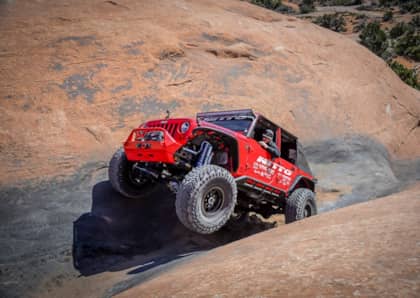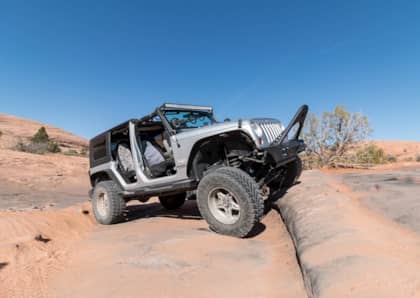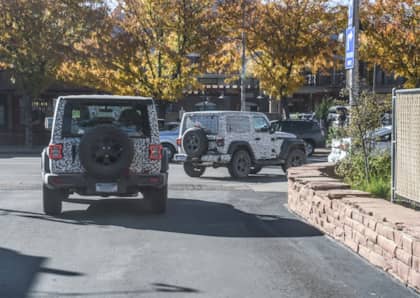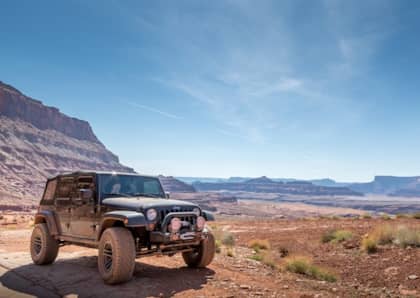Snorkeling in the Desert: Get Your Jeep Breathing Better
Snorkels are often misunderstood and thought to be only for water crossings. If you spend a lot of time on dusty desert trails, a snorkel with pre-filter might be one of the best modifications you can make.
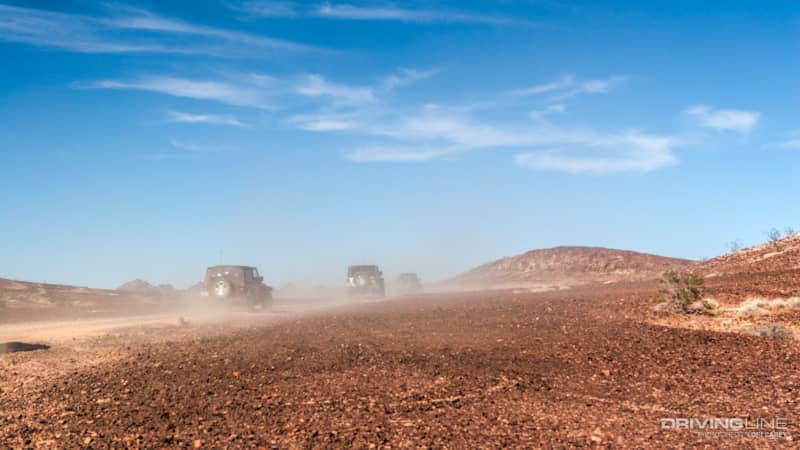
Many people think snorkels are only for deep water crossings, and that there’s no point in adding one if you live and ‘wheel in the dry and dusty desert southwest. In fact, I see people make fun of snorkels in the desert all the time, claiming they are useless and only for posers. The true purpose of a snorkel is to get clean, dry air to your engine. That can be vital during a deep-water crossing, but it’s not the only benefit of a snorkel.
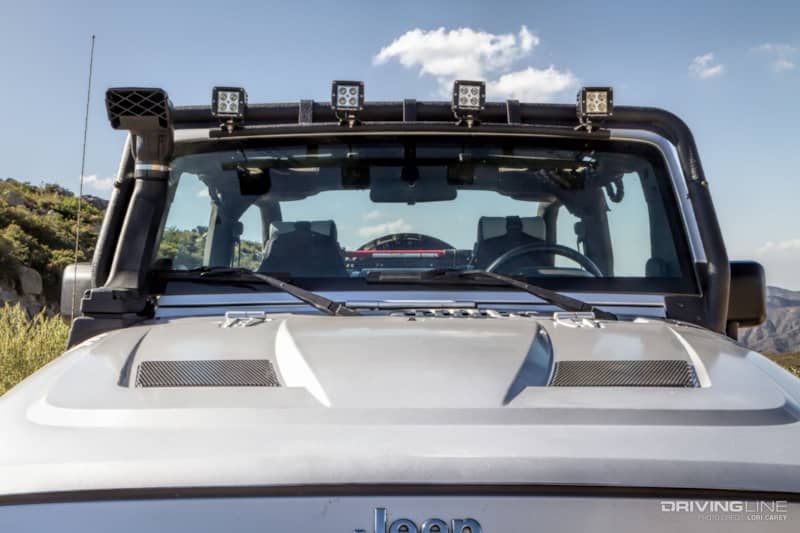
The standard engine air intake is about headlight height on most vehicles. A snorkel moves the air intake from under the hood to roof height, although some low profile snorkels might sit just above the hood. That does mean that there is less chance of water entering the engine via the intake and hydrolocking your engine, although there are still other precautions you should take if you frequently cross rivers.
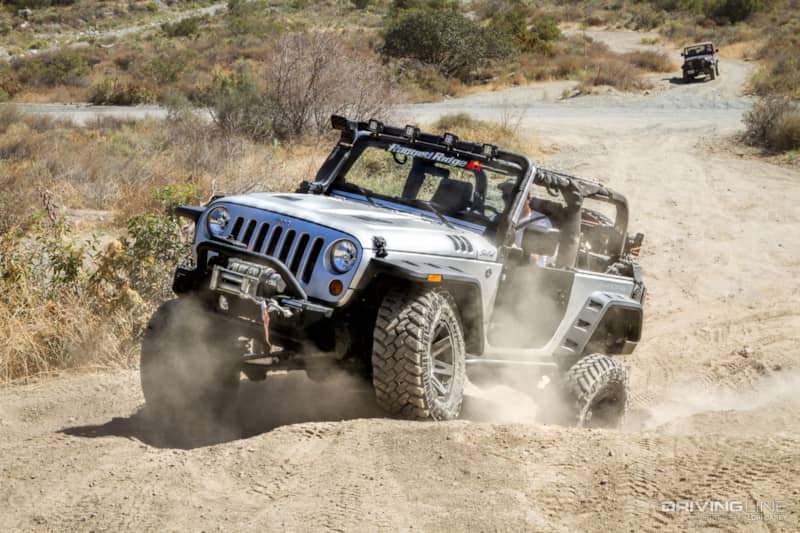
A snorkel also provides access to cleaner air, which helps reduce the amount of dust entering the intake system. If you spend time on dusty trails, lift your hood and take a look at all of the dust covering everything, especially the hood blanket if you still have it. All of that dust kicking around in your engine compartment is what your air filter is trying to combat. Sand in the desert isn’t like beach sand; much of it is a fine talc-like substance that gets everywhere. If you’ve ever been third vehicle back or farther in a caravan of vehicles on a dusty trail, you know that the dust often creates complete white-out conditions.
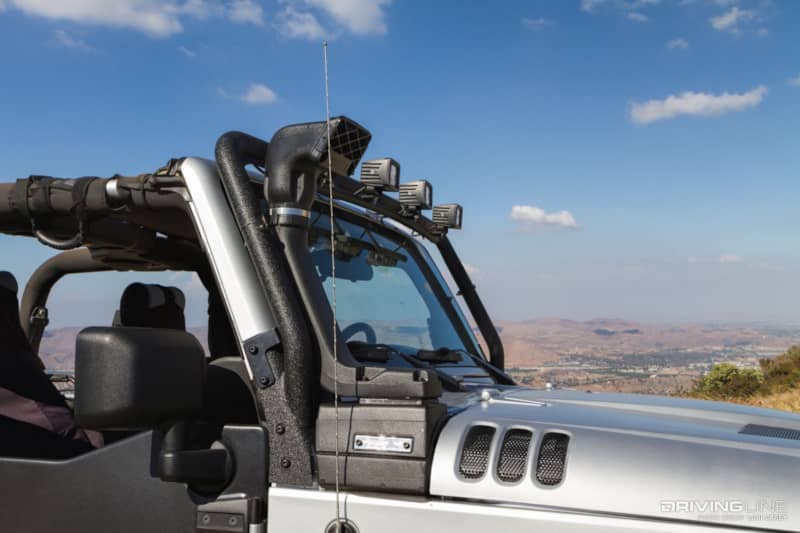
There are a few types of snorkel intakes. One of the more common in the Jeep Wrangler aftermarket is a “ram” style. As the vehicle moves forward, the idea is that air can be rammed, or more easily drawn, down through the scoop. Heavier dust and moisture particles slam against the back of the snorkel head, then fall to the bottom of the system where they should exit through the drain holes. People who live in rainy climates frequently turn the ram head backwards to prevent rain from entering the system, but that also negates the ram effect.
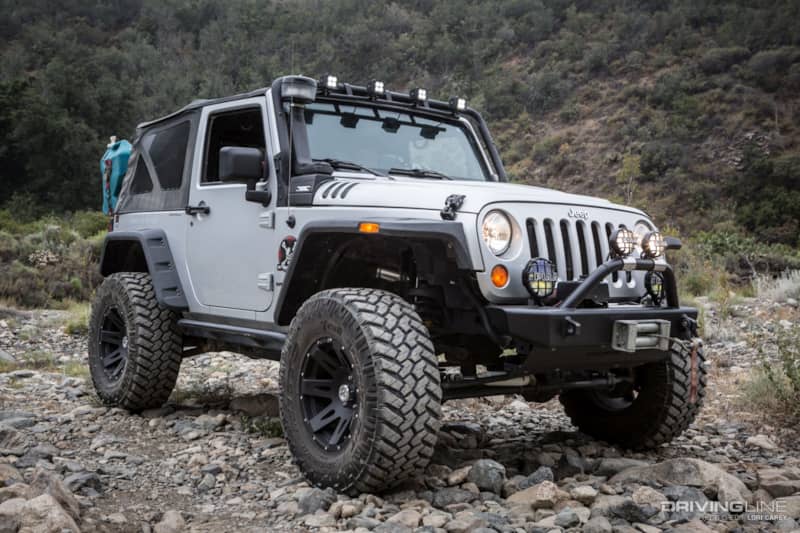
The odd-looking snorkel head that reminds people of UFOs and flying saucers is a vortex intake. It’s also known as a pre-filter and is intended for the dustiest trail conditions.
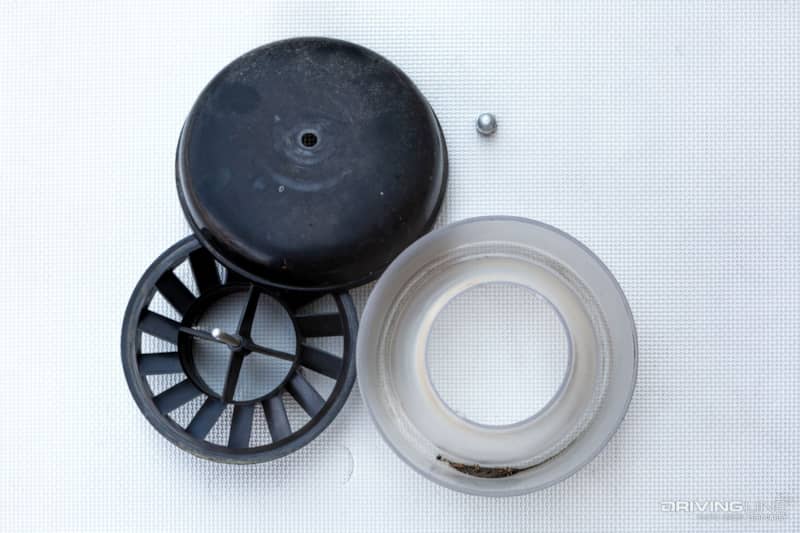
Air is sucked in through a series of blades at the bottom of the head. Dust and dirt is separated by centrifugal force and collected in the bottom of the round bowl. Clean, dry air is then drawn down into the snorkel and into the engine.
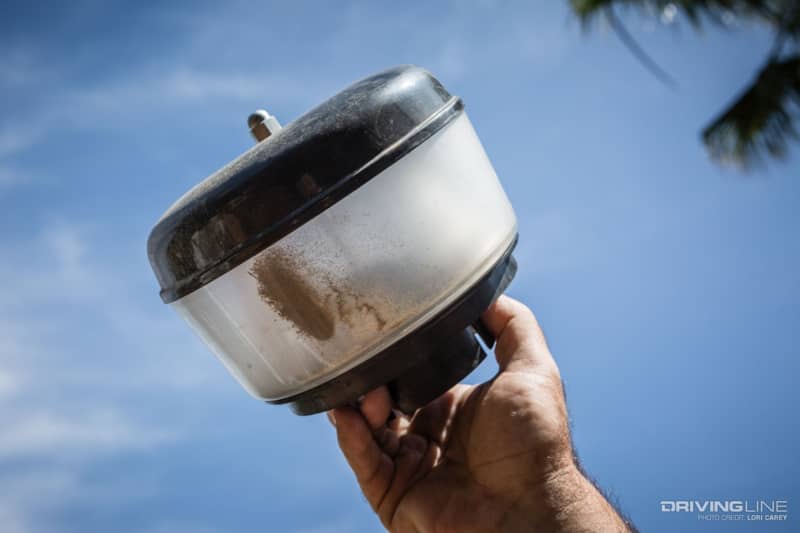
I recently switched out my ram head for the vortex pre-filter, and after my recent windy and dusty trip through the western Mojave, I was impressed to see how much dirt and dust my pre-filter collected. Even though I wasn’t following a caravan of Jeeps on that trip, the pre-filter showed that there was still a significant amount of dust and dirt surrounding my vehicle and being sucked into the air intake.
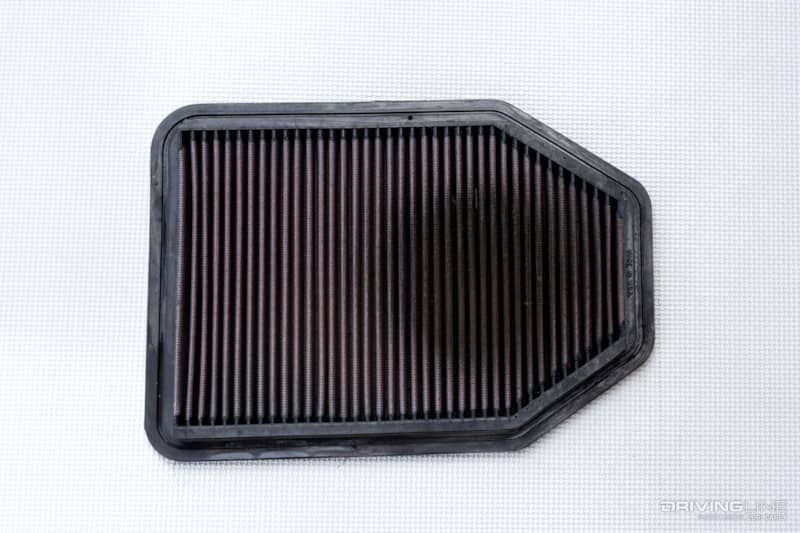
My air filter showed that some dirt and dust still managed to escape the pre-filter, but closer inspection showed that much of this consisted of flying bugs. To be honest, I neglected to clean the filter when I changed out the snorkel heads for a true before and after comparison, but I figure that as long as the dirt is on the correct side, the filter is doing its job and catching the dust that escapes the pre-filter.
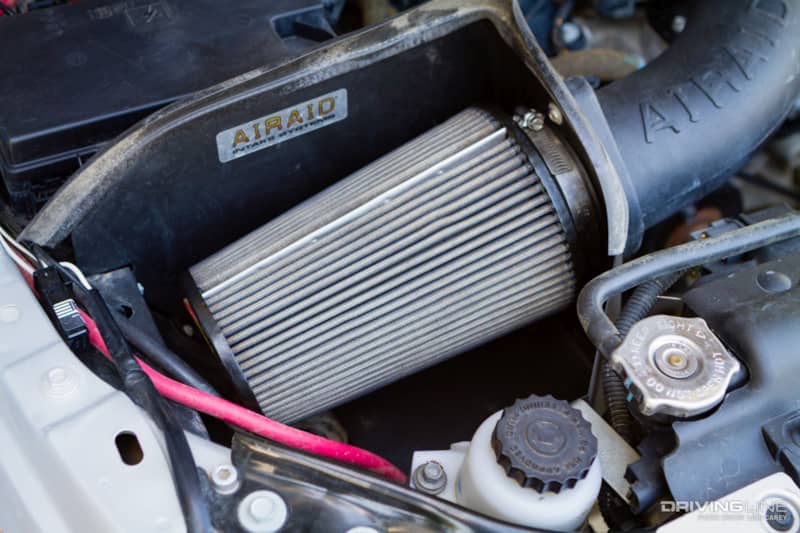
When I installed the snorkel, I had to remove the open-element Airaid CAI (cold air intake) I had on my Jeep and replace the stock airbox, which is sealed. I haven’t had to clean my filter after every trail run like I did with the CAI, so I’ve let myself get a bit lazy.
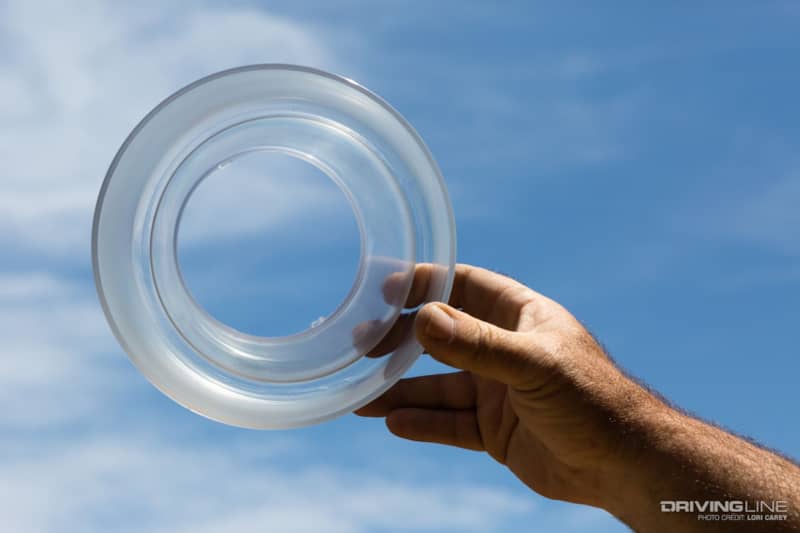
The true test of filtration is test the oil for silica levels to see how much gets past the filter, but there is also a trade-off with air flow. I was used to cleaning and oiling my filter after every dusty trail run, so I decided to go with a K&N air filter. Which air filter is the best for dusty desert off-roading – paper, oiled cotton gauze or mesh, or foam is a frequently debated topic. People have very strong opinions about the pros and cons of each type, and love to debate the trade-off between air flow and filtration efficiency. That’s a topic for a whole ‘nother article, and I might change my mind about what filter to use now that I am running the stock air box again.
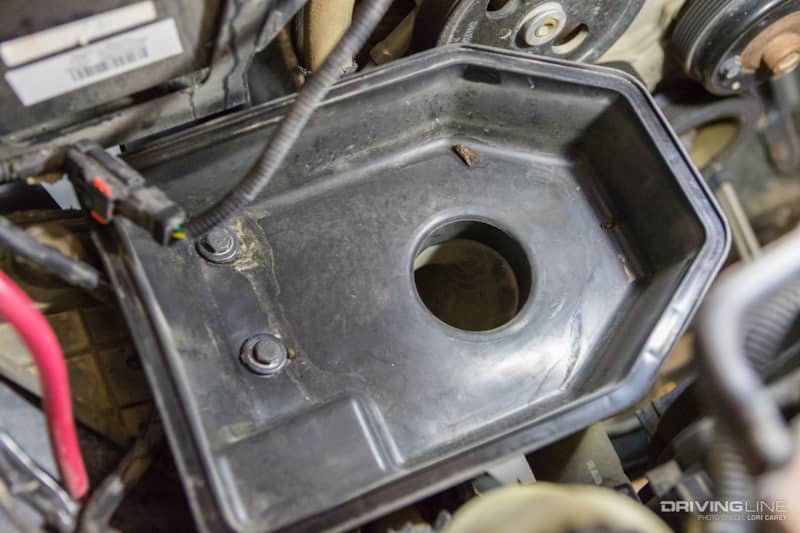
The air box itself, beneath the filter, was clean. The intake hose is much dirtier than I’d like to see, but it hasn’t been cleaned in eight years so I don’t know if that dirt previously got past the CAI filter, or more recently the K&N filter. Be honest, unless you regularly take apart your engine components, how many of you would think to take apart your entire air intake system and disconnect the hose to clean it as part of your regular maintenance? Me neither, but now I feel the need to disconnect it so I can give it a good cleaning without risk of jamming chunks of dirt into my engine.
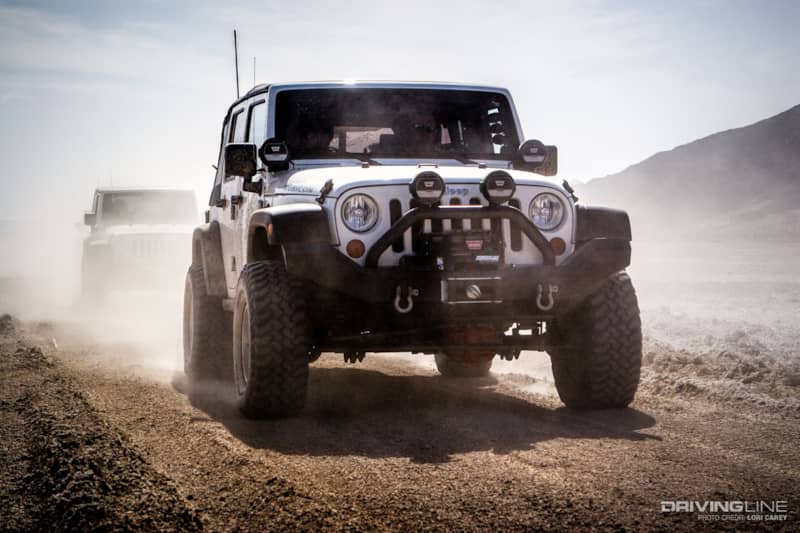
Is a snorkel and pre-filter worth it if you spend a lot of time on dusty trails? The vortex intake of the pre-filter definitely catches a lot of dirt and dust and my air filter is staying cleaner for a much longer time. I believe that my engine is running better due to the cleaner, cooler air from the raised intake. Although I can’t comment on any fuel efficiency improvements because a very large percentage of my miles are trail miles, my Jeep doesn’t struggle on long steep grades on the highway like it used to, it accelerates better when already moving at speed. I have only my gut to go by, but I think it makes a noticeable difference and has benefits both on and off pavement. It is a modification that is definitely worth considering, even (or especially) if you live in a drought-ridden state and don’t get to have much fun with water crossings.




